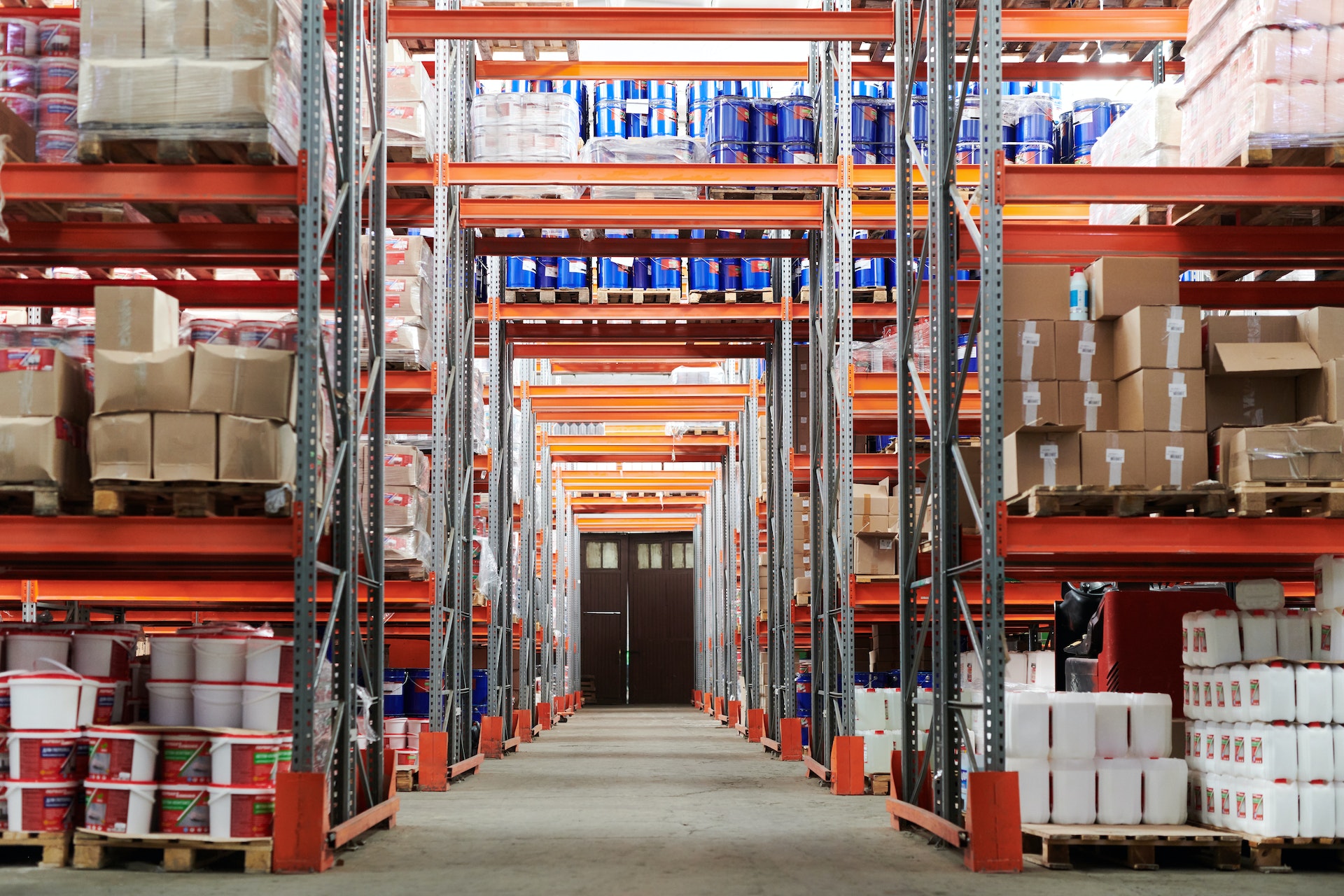In today’s competitive global market, businesses must become more efficient in running their warehouses to become successful. Warehouses are generally the first and last stop in the supply chain, and proper management is essential to ensure that goods are delivered to customers on time and in the expected condition. Unfortunately, a recent study shows that less than 30% of warehouses operate efficiently. While there are many ways to increase warehouse efficiency, the following are five of the most effective.
Automation
Automation can reduce the need for manual labor and increase the accuracy of operations. However, a 2021 survey shows that over 80% of warehouses have no automation. Automated systems can track inventory, schedule shipments, and generate reports. Integrating automated systems in your existing processes or developing from scratch can help your warehouse managers make the most of their operations. Automation can reduce potential errors and delays in the transport or shipment process.
Use of barcodes
Barcodes are an essential tool for any efficient warehouse. You can use barcodes to quickly identify items in the warehouse, track their location, and generate reports. With today’s customers expecting exceptional delivery experiences, using barcodes can help reduce the risk of errors and delays in the warehouse and ensure that goods are delivered on time and in the expected condition. Barcode technology is useful for many reasons, such as reduced labor costs, fast and accurate data capture and processing, productivity measurement, and analysis. It also improves decision-making.
Improved space management
Poor space management can lead to delays in finding and retrieving items. Improving space management can maximize storage space and make the warehouse more efficient. As a warehouse manager, it’s best to take advantage of space-saving techniques, such as vertical storage and pallet racking, to maximize storage space and reduce the time required to find and retrieve items. You may also employ a warehouse racking system to optimize the layout of the warehouse and make the most of the available space.
Streamlined workflow
Streamlining your workflow can reduce delays in the warehouse. Design your workflows to decrease the number of steps required to complete each task and the time required. However, streamlining your workflow is not a one-off exercise, so regularly review your processes and make necessary adjustments to ensure they run as efficiently as possible. You may employ batch processing techniques and picking lists to streamline the workflow and ensure that items are packed and transported quickly and accurately.
Regular maintenance
Regular maintenance is essential for keeping your warehouse running smoothly. A routine maintenance plan guarantees that all assets are serviced regularly. Make a list of your warehouse assets, including all the equipment you use, like forklifts, trucks, shipping and receiving installations, and so on. Proceed to design order and timeline for inspecting, servicing, and repairing these assets. Proper scheduling is essential since you cannot do all your maintenance at once without drastically slowing down the warehouse operation.
By implementing these five strategies, you can ensure that your warehouse runs as smoothly as possible. Automation, barcodes, improved space management, streamlined workflow, and regular maintenance will help to eliminate or reduce errors and challenges that may hamper your warehouse efficiency.
(Disclaimer: This content is a partnered post. This material is provided as news and general information. It should not be construed as an endorsement of any investment service. The opinions expressed are the personal views and experience of the author, and no recommendation is made.)
